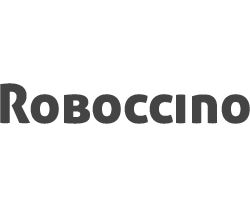Transforming Beverage Experience with Robotic Coffee Barista at 2025 China Import and Export Fair
In recent years, the beverage industry has seen a remarkable transformation driven by technological advancements, particularly the introduction of robotic coffee baristas. According to a recent market report by Grand View Research, the global coffee shop market is expected to reach USD 450 billion by 2025, with automation playing a pivotal role in enhancing customer experience and operational efficiency.
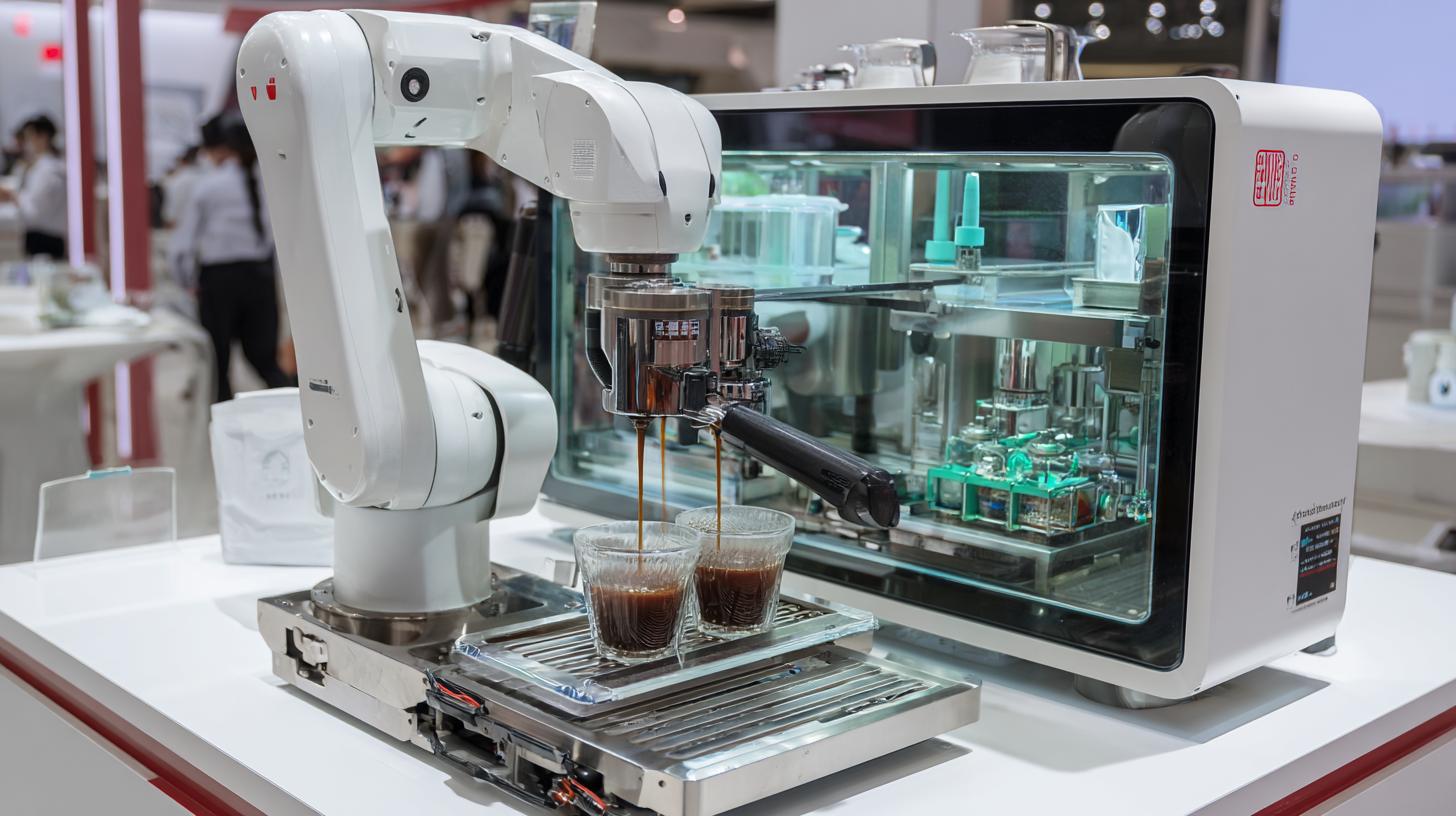 The 138th China Import and Export Fair in 2025 provides a unique platform to showcase innovations like robotic coffee baristas, which are designed to deliver high-quality coffee with precision and speed. As the demand for specialty coffee continues to rise, driven by changing consumer preferences, the integration of robotics in coffee preparation not only streamlines the brewing process but also caters to a tech-savvy audience. This evolution signifies a major shift in consumer engagement and operational models within the beverage sector, marking a critical juncture for industry stakeholders to embrace this technological leap during the fair.
The 138th China Import and Export Fair in 2025 provides a unique platform to showcase innovations like robotic coffee baristas, which are designed to deliver high-quality coffee with precision and speed. As the demand for specialty coffee continues to rise, driven by changing consumer preferences, the integration of robotics in coffee preparation not only streamlines the brewing process but also caters to a tech-savvy audience. This evolution signifies a major shift in consumer engagement and operational models within the beverage sector, marking a critical juncture for industry stakeholders to embrace this technological leap during the fair.
Revolutionizing Coffee Service: The Rise of Robotic Baristas in the Beverage Industry
The beverage industry is witnessing a significant transformation with the introduction of robotic baristas, marking a pivotal shift in coffee service. As automation permeates various sectors, the coffee segment is embracing these technological advancements to enhance customer experiences. With precision in brewing and consistency in taste, robotic baristas are positioned to redefine how coffee is served, catering to the rising demand for quality and efficiency.
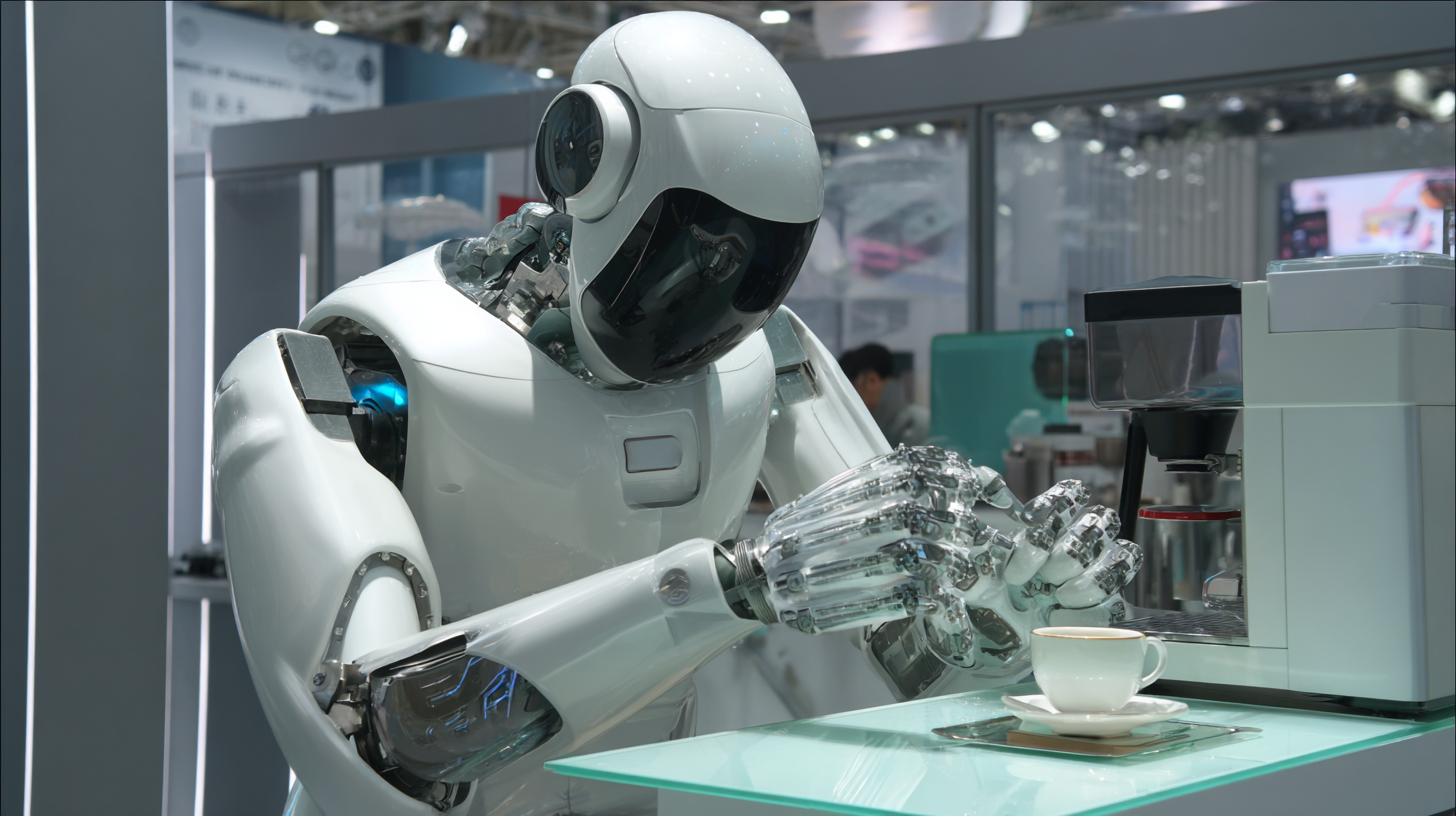
In a groundbreaking collaboration, a leading robotics firm has partnered with a renowned coffee machine manufacturer, setting a new standard for premium coffee drinks. The innovative café concept showcases the potential of robotic solutions in seamlessly integrating manual craftsmanship with advanced technology. This partnership not only elevates the beverage experience but also highlights the role of automation in streamlining operations within the retail landscape, promising a future where robotic baristas become a staple in coffee service worldwide.
Market Analysis: The Growth of Automated Food and Beverage Services in China
The growth of automated food and beverage services in China has been remarkable in recent years, reflecting a significant shift in consumer preferences and technological advancements. According to a report by Statista, the market for automated food and beverage services in China is projected to reach approximately $30 billion by 2025, with a compound annual growth rate (CAGR) of around 20%. This transformation is driven by the increasing demand for convenience, efficiency, and innovative experiences among consumers, particularly within urban areas. Automated coffee bars, such as robotic baristas, are becoming commonplace in major cities, allowing for personalized drinks served with speed and accuracy.
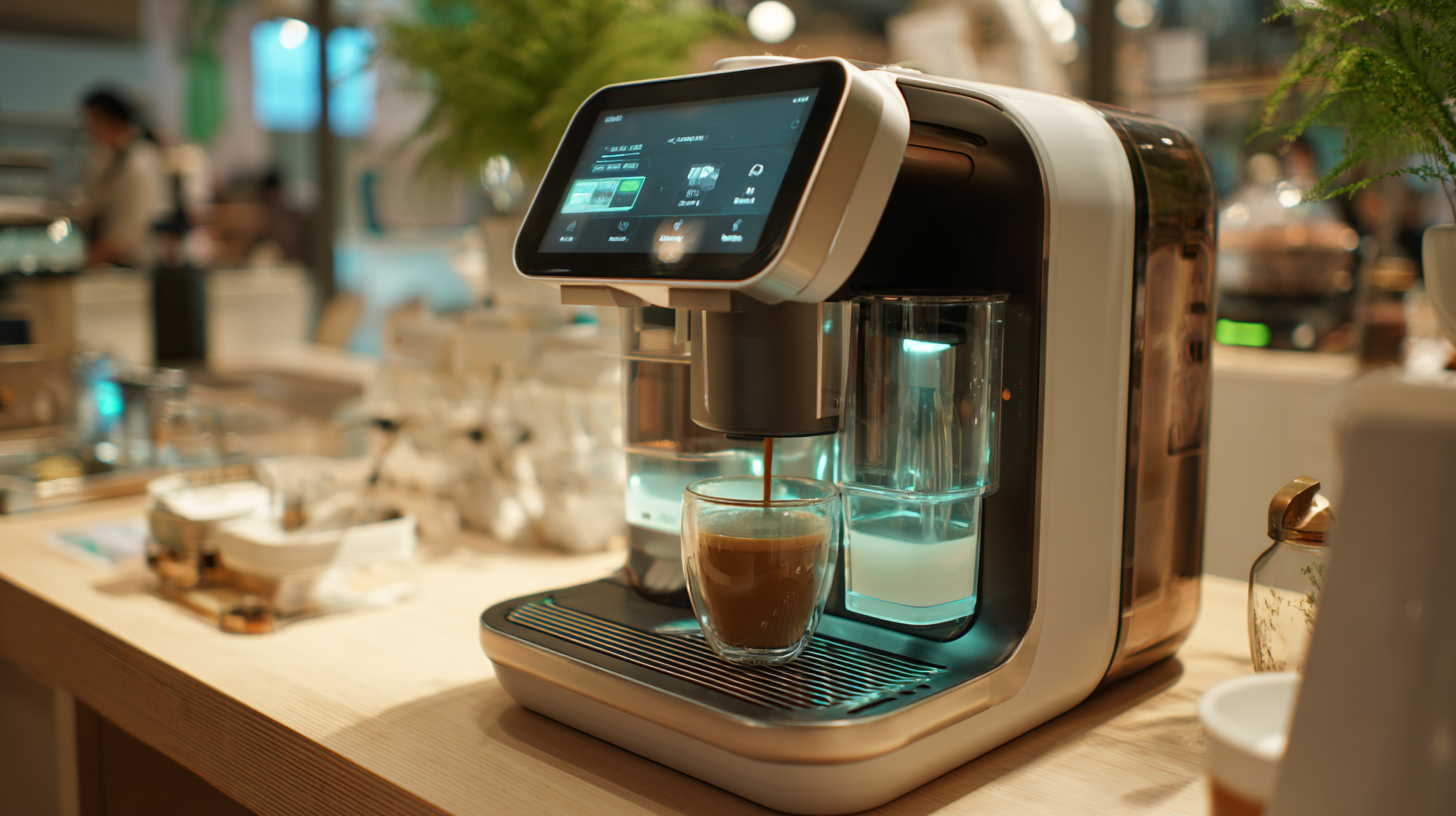
Tips: If you're considering implementing automated services in your cafe or restaurant, start by analyzing customer preferences to determine what features would be most appealing. Consider focusing on the quality of the beverage experience, as consumers still prioritize taste and satisfaction above all.
Furthermore, the integration of artificial intelligence in food and beverage services enhances customer interaction and operational efficiency. As reported by McKinsey, restaurants that utilize automation can reduce labor costs by up to 30% while increasing service accuracy. Embracing this technology not only meets the rising expectations of tech-savvy consumers but also positions businesses competitively in a rapidly evolving market.
Tips: Keep an eye on emerging technologies in the industry; investing in the latest innovations can provide a unique selling point and attract more customers. Make sure to stay informed about customer feedback and continuously improve the automated service to retain customer loyalty.
Consumer Preferences: How Technology is Shaping Coffee Consumption Trends
As technology continues to advance, consumer preferences are evolving, especially in the beverage sector. The rise of robotic baristas has revolutionized coffee consumption trends, transforming the way consumers experience their favorite brews. At the 2025 China Import and Export Fair, the introduction of a robotic coffee barista showcased how automation not only enhances efficiency but also personalizes flavor options, catering to the distinct palates of coffee drinkers.
Tips for a great coffee experience: Consider experimenting with different brewing methods, such as pour-over or French press, for a unique taste. Additionally, explore various bean origins and roasts to discover new flavors that might become your go-to favorites.
Moreover, technology fuels convenience as customers can now order their preferred drinks through apps, reducing wait times and allowing for customized orders at the touch of a button. This shift not only broadens the reach of artisanal coffee but also appeals to a tech-savvy generation seeking quality and speed in their daily caffeine rituals.
Tips for staying informed: Keep an eye on emerging coffee tech trends and innovative beverage techniques that may enhance your coffee-drinking experience. Join coffee-tasting events to engage with fellow enthusiasts and gain insights into the latest industry changes.
Efficiency Metrics: Comparing Traditional Baristas and Robotic Solutions in Cost and Speed
The integration of robotic solutions in the coffee industry is revolutionizing the beverage experience, as showcased at the 2025 China Import and Export Fair. Recent industry reports highlight that traditional baristas typically prepare around 50-100 cups per hour, whereas robotic systems can achieve an impressive throughput of 200-300 cups in the same timeframe. This leap in efficiency is not only crucial for meeting rising consumer demand but also significantly reduces labor costs, which can account for up to 30% of operational expenses in a coffee shop.
Moreover, the consistency and precision of robotic coffee makers ensure that drink quality remains high, even under high-demand conditions. According to a report by the International Coffee Organization, robotic baristas can enhance customer satisfaction by maintaining uniform taste profiles, which can lead to a 15% increase in repeat customer visits. This precision, combined with faster service, positions robotic solutions as a formidable competitor to traditional baristas.
**Tips:** When considering the adoption of robotic baristas, it's essential to evaluate the upfront investment against long-term savings in labor and ingredient waste. Additionally, training staff to work alongside machines can help maximize efficiency and maintain a personal touch in customer service, ensuring a holistic blend of tradition and innovation in the coffee experience.
Transforming Beverage Experience with Robotic Coffee Barista at 2025 China Import and Export Fair
| Metric | Traditional Barista | Robotic Barista |
|---|---|---|
| Cost per Beverage (USD) | 3.00 | 1.50 |
| Average Serving Time (seconds) | 40 | 20 |
| Beverages Served per Hour | 90 | 180 |
| Initial Setup Cost (USD) | 10,000 | 50,000 |
| Staff Required | 3 | 1 |
Future Predictions: Impact of Robotics on the Beverage Sector by 2030 and Beyond
As we look toward 2030, the integration of robotics into the beverage sector promises to reshape our experiences significantly. The emergence of robotic coffee baristas, demonstrated at events like the 2025 China Import and Export Fair, showcases a glimpse into a future where technology enhances service efficiency and product quality. These automated systems can streamline operations, providing not only consistency in flavor and presentation but also personalized service tailored to individual customer preferences.
In addition to operational improvements, the impact of robotics extends to sustainability and innovation in beverage production. With greater control over variables in coffee preparation and beverage mixing, robots can help reduce waste and optimize ingredient usage, contributing to a more sustainable industry. As consumer demand evolves, robotics will play a crucial role in adapting to trends such as artisanal offerings and unique flavor combinations, ensuring that the beverage sector remains dynamic and responsive to market changes. By 2030 and beyond, the marriage of robotics and beverage service will undoubtedly elevate the consumer experience to unprecedented heights.
Impact of Robotics on the Beverage Sector by 2030
This chart illustrates the projected impact of robotics in the beverage sector over the next decade. It highlights key dimensions such as automation in production, cost reduction, and changes in consumer experience.
Related Posts
-
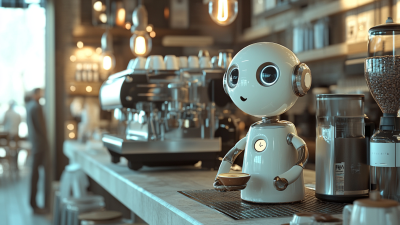
2025 Global Market Insights: Unlocking Profit with Coffee Robots for Your Business
-
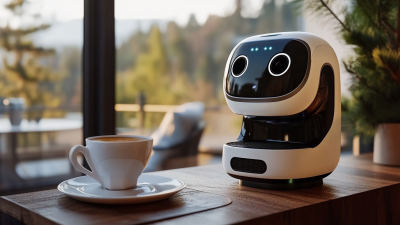
Global Market Insights 2025: 7 Tips to Optimize Your Robot Coffee Maker Procurement Strategy
-
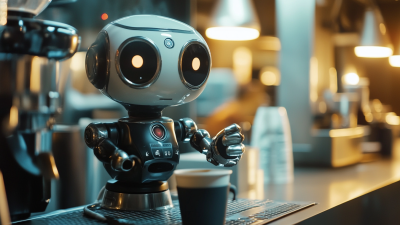
Future Innovations in Coffee Robots and Essential Approaches for Success
-
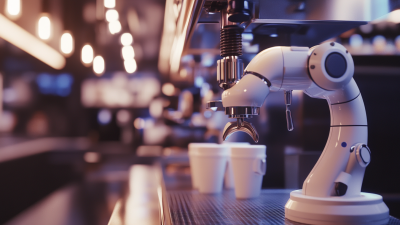
China Coffee Robot Industry Thrives Amidst US China Tariff Challenges
-
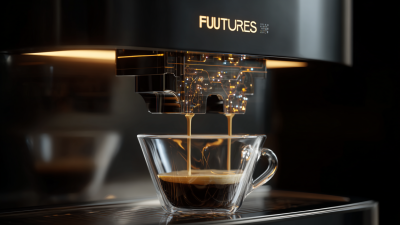
Future Innovations in Best Coffee Machines Transforming the Beverage Industry by 2025
-
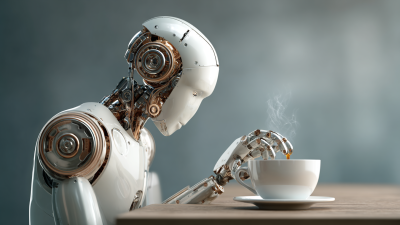
2025 Insights on Best Robot Coffee Barista Innovations Transforming Global Supply Chains

